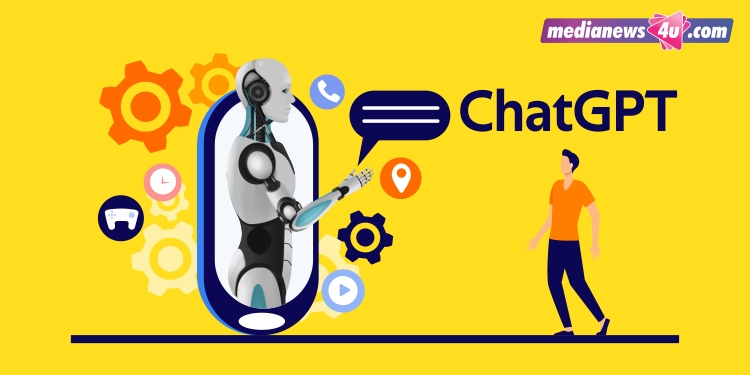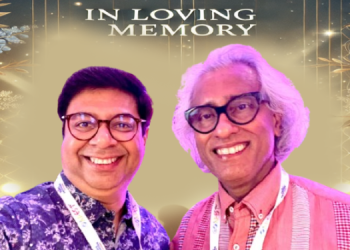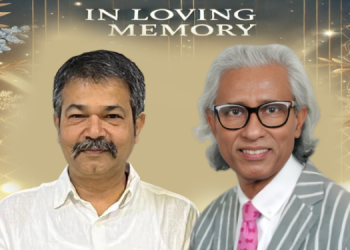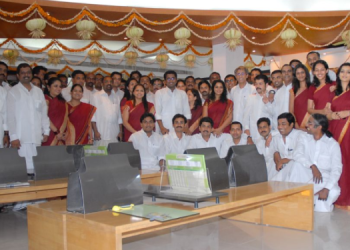Chat Generative Pre-trained Transformer (ChatGPT) is the latest buzz word. OpenAI’s chatbot powered by large language models was launched in November 2022 and grabbed headlines for crossing 1 million users in five days of launch.
The chatbot which leverages the power of natural language processing (NLP) helps bots understand and respond to queries.
Analysing conversations and understanding words, syntactic structures, phrases etc. helps provide a response or solution – this simply means ChatGPT can pick context, recognise objectives and consequently adjust responses. Apart from virtual conversations, ChatGPT can produce human-like content like poems, essays or term papers, debug code, answer queries and more.
ChatGPT is termed by some as a technological game changer. Can it replace human talent? If yes, in which contexts? Can it replace creativity in spaces like advertising?

“Firstly, ChatGPT is a technology at its absolute infancy. Think of it as where internet was in the mid-90s. While there is a lot of excitement around it, not many people have wrapped their heads around what it will become or what problems it will solve. Presently it is a fantastic solution for many problems we don’t even have yet. Like all technology, there is some fear as well around the possibility of it replacing human labour. Historically, we have always gone through this fear cycle every time a new digital capability has come about and more often than not, we have realised that those fears are unfounded,” notes Karthik Nagarajan, CEO, Hogarth India.
AI is not a capability that will ‘replace’ human value, he contends. Instead, it is a capability that will complement and elevate human efforts, he notes, with the end product being more than the sum of the parts.
“Presently there is a lot of speculation on whether ChatGPT will replace copywriters and other creative functions in advertising. But what people forget is that the tech works fundamentally on natural language processing and in that sense is hugely dependent on what is being fed into it. Creativity on the other hand is fundamentally dependent on cultural context that comes from a lived experience. The connections that a human brain can make will always supercede AI both in reach as well as speed. However, as a combination it will be much superior to what either can achieve individually,” he adds.

Bharatesh Salian, SVP, Marketing Science & CX, Kinnect, shares the view.
“It would be difficult for ChatGPT to replace human talents completely at this point in time. However, it will help enhance human talent and help save a lot of time and effort for now by acting as an intelligent assistant giving humans a plethora of informed choices to start working from. If you look at the Iron Man series as an analogy, Jarvis is a great assistant for Tony Stark but can’t replace Tony Stark. There would still be a Tony Stark to ask and tell Jarvis on where he needs assistance and actions that he wants to do,” notes Salian.
At the same time, Nagarajan also notes that ChatGPT might and will certainly replace some functions that do not require these complementing skills – like assembly-line creativity and copywriting. Equally true is that it will also create new job profiles. In a few years from now we might find specialists in ‘bringing up’ an AI engine and in ‘feeding it’ the right cultural context, he explains.

Recently, KV Sridhar (Pops), Global Chief Creative Officer, Nihilent, put up a post on LinkedIn which read: ‘Because bots don’t cry. You have your job.’
“AI actually takes all the information which may not be required directly or indirectly, and it helps you to make a decision where you needn’t get involved. People get worried when they see an AI-based tool replacing copywriters or a bot writing an article or doing a painting. What a bot can only do is to take the information that’s entered, it can only write an essay and not an inspiring speech. Therefore, in the current stage, in the next 20 years humans cannot be replaced by bots and AI,” observes Sridhar.
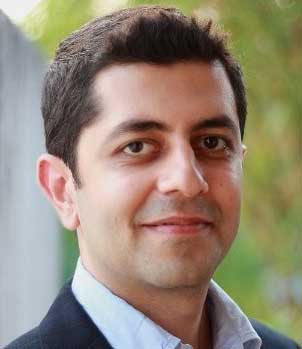
Vishal Rupani, Ex Co-founder & CEO, mCanvas, says, “OpenAI is a powerful tool for automating certain tasks and generating new ideas, but it is unlikely to replace human talent entirely. While OpenAI can perform some tasks that were previously done by humans, such as data analysis or language translation, it is not able to replicate the creativity and critical thinking skills that humans possess. Additionally, OpenAI is not capable of understanding context or emotions in the same way that humans can.”
Having said that, Rupani lists the examples of jobs that may be affected by OpenAI, in areas like law, manufacturing, transportation and logistics, finance, customer service, tele-marketing and tele-sales, content writing, retail and e-commerce, healthcare and construction. Indeed the list could include several more but the nature of the jobs will be such that they do not entail uniquely human skills.
“The extent to which jobs will be impacted by OpenAI will depend on a number of factors, including the rate of technological development and the willingness of businesses and governments to adopt these technologies,” he adds.

Sumit Chanda, CEO & Founder at AI-based investment advisory Jarvis, also believes that while ChatGPT can do a lot, it cannot replace humans. He reasons that in many cases and contexts humans can move up the learning curve based on real work learning, but a machine cannot unless trained.
“Human learning has to evolve; things cannot be as standard as it is today since most of this learning will become obsolete with programs like ChatGPT. Knowledge of how these programs can be tweaked/used for a lot of various purposes by learner humans will be something to be watchful in the future as the combination of such programs like ChatGPT and humans will always beat the standalone programs. With more technological advancements, new age ChatGPT kind of programs will keep evolving. The only edge humans can have is by continuous learning and adopting efficient ways to achieve various tasks,” Chanda concludes.

